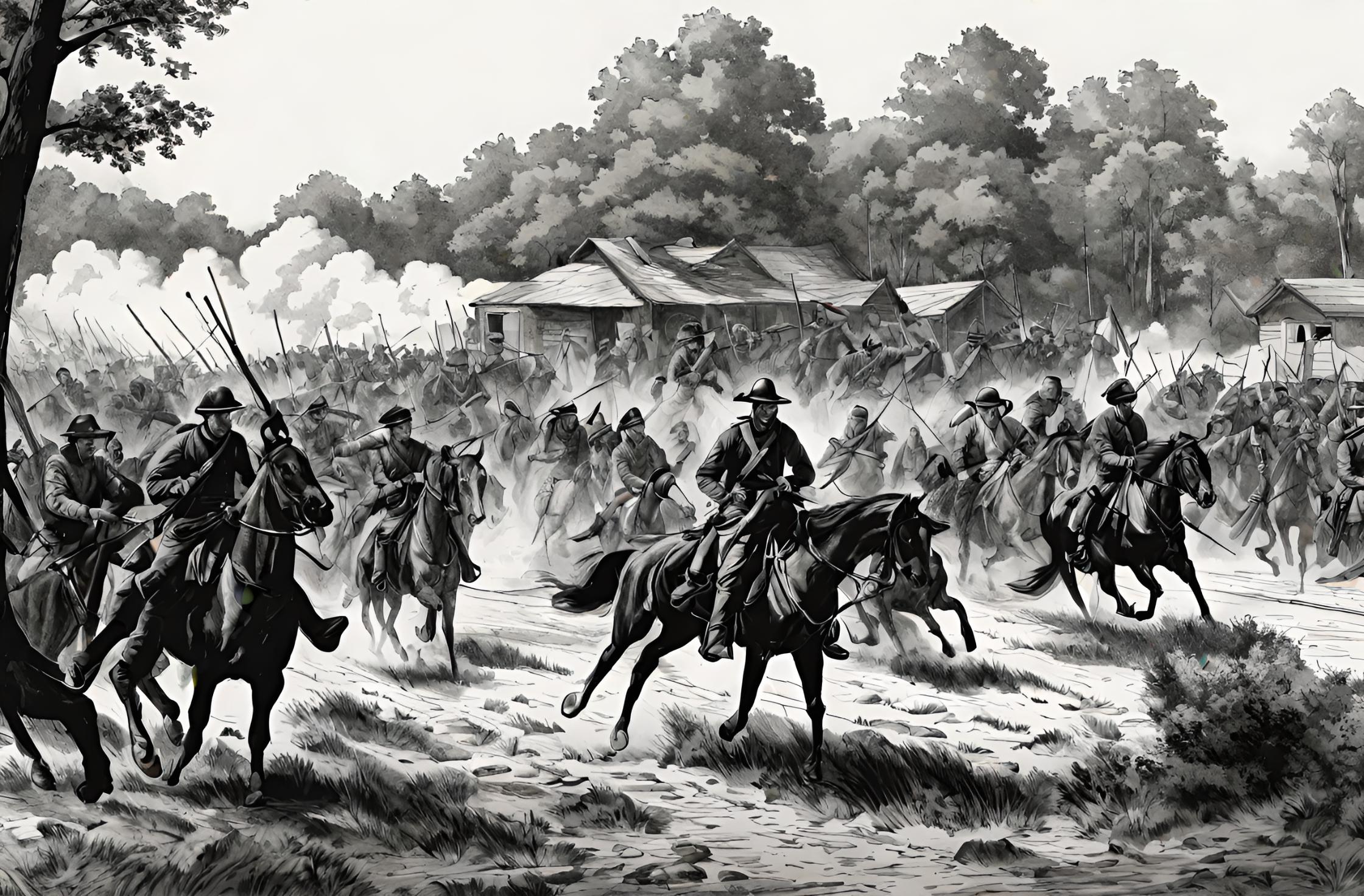Flashback to April 26
American History

On January 19, 1982, a tragic incident took place at Star Elementary School in Oklahoma. A heater explosion claimed the lives of six children and a teacher, leaving the entire community in shock and mourning. This devastating event serves as a reminder of the importance of safety measures in schools and the need for constant vigilance in preventing such accidents.
The incident occurred on a chilly winter morning when the heater in one of the classrooms malfunctioned, causing a massive explosion. The impact of the explosion was devastating, leading to the loss of innocent lives and leaving many others injured. The aftermath of this tragic incident has had a lasting impact on the community, with friends, families, and colleagues forever affected by the loss.
While this incident occurred almost four decades ago, it remains a poignant reminder of the significance of safety protocols in schools. In the wake of the tragedy, the school district and local authorities took immediate action to investigate the cause of the explosion and implement measures to prevent similar incidents from happening in the future. This incident led to a statewide review of safety standards and the introduction of stricter guidelines for heating systems in schools.
Heating systems are an essential component of any educational institution, ensuring a comfortable environment for both students and staff. However, it is crucial that these systems are regularly inspected, maintained, and that appropriate safety measures are in place to minimize the risk of accidents. In the case of the Star Elementary School tragedy, it became evident that the heater in question had not been adequately maintained, leading to its catastrophic failure.
To prevent such incidents, educational institutions must prioritize regular maintenance and inspection of heating systems. This includes routine checks, cleaning, and prompt repairs if any issues are detected. Additionally, it is important to have a qualified professional assess the overall safety of the heating system and ensure that it meets all relevant safety standards.
Proactive measures, such as installing carbon monoxide detectors and smoke alarms, can also go a long way in preventing potential disasters. These devices can quickly detect dangerous levels of carbon monoxide or smoke in the event of a malfunction, providing an early warning and allowing for swift evacuation.
Beyond the physical infrastructure, it is crucial for school staff to undergo regular training on emergency procedures. This includes drills for various scenarios like fires, natural disasters, and even potential heating system malfunctions. By equipping staff with the knowledge and skills necessary to respond appropriately in emergencies, schools can minimize the impact of such incidents and ensure the safety of everyone on the premises.
Events like the heater explosion at Star Elementary School serve as tragic reminders of the need for constant vigilance when it comes to safety in educational institutions. While tremendous progress has been made since then in implementing safety measures, it is vital to continue learning from past tragedies and working towards preventing future accidents.
The memory of the lives lost on that fateful day in 1982 remains etched in the hearts and minds of the community. It is our responsibility to honor their memory by ensuring that schools remain safe havens for learning and growth. By prioritizing regular maintenance, inspections, and staff training, we can take significant strides in preventing incidents like this and keeping our children and teachers safe.
We strive for accuracy. If you see something that doesn't look right, click here to contact us!
Sponsored Content

Battle of Durham Station,…
On April 26, 1865,…

Dow Jones Industrial Average…
On April 26, 1983,…

John Norrie McArthur, malariologist/microscopist,…
On April 26, 1996,…

Odd Fellows Lodge is…
Established on April 26,…

